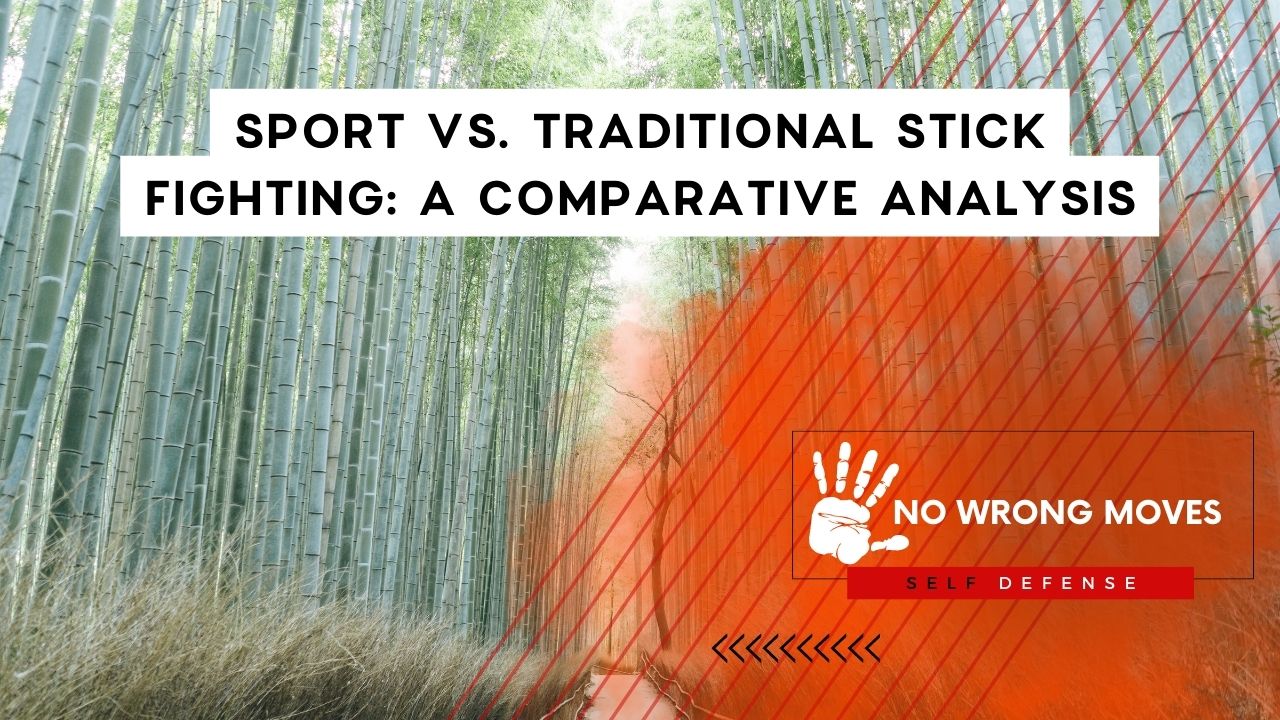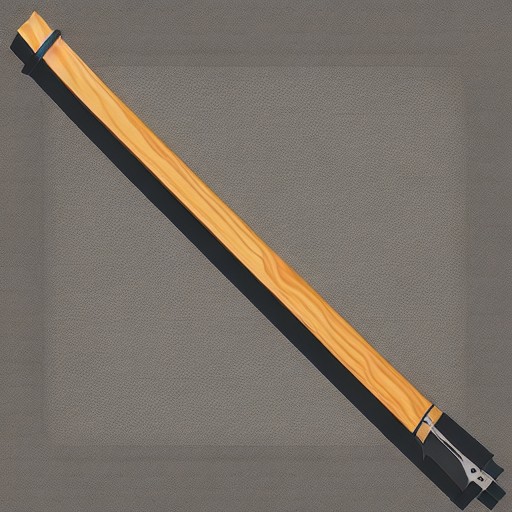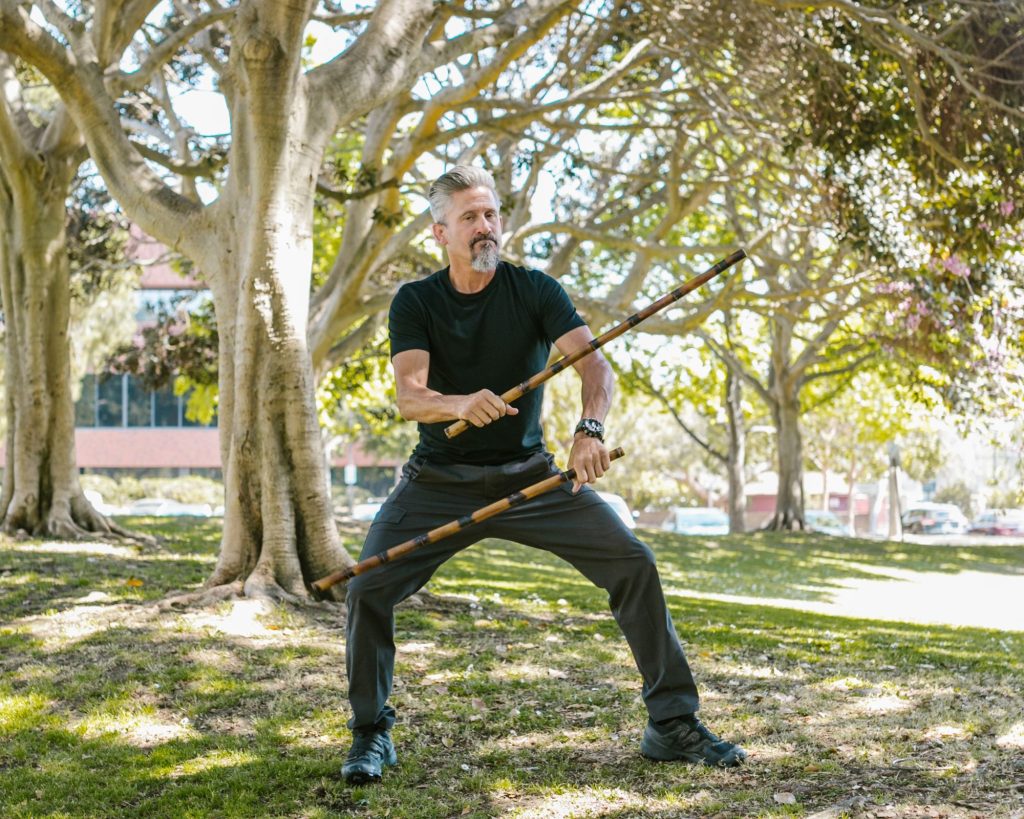
Are you on the hunt for a new and exciting stick fighting discipline? If so, you're in for quite an adventure, as there are numerous styles to explore.
From contemporary sport techniques like Kendo and Arnis to age-old traditions such as Kalaripayattu and Silambam, selecting the perfect style can be quite the challenge.
But fear not! I'm here to guide you through a comparison of these sport and traditional stick fighting approaches so that you can confidently choose the one that aligns with your desires.
Sport Stick Fighting

Sport stick fighting is a competitive form of stick fighting that is often practiced in martial arts schools and tournaments. It is a regulated sport, with specific rules and regulations that are designed to ensure the safety of the participants.
In sport stick fighting, the focus is on technique and strategy, rather than on the use of the stick as a weapon.
Some of the key features of sport stick fighting include:
- Protective Gear - In sport stick fighting, participants wear protective gear such as gloves, helmets, and body armor to prevent injury.
- Point Scoring System - Sport stick fighting typically uses a point scoring system, where points are awarded for strikes and techniques executed correctly.
- Rule Set - Sport stick fighting has a specific rule set that governs the use of the stick, as well as other aspects of the competition.
Traditional Stick Fighting
Traditional stick fighting, on the other hand, is more focused on the use of the stick as a weapon for self-defense.
It is often practiced in cultures where stick fighting has been a part of the martial tradition for generations. Traditional stick fighting is less regulated than sport stick fighting and often lacks a specific rule set.
Some of the key features of traditional stick fighting include:
- No Protective Gear - Participants in traditional stick fighting typically do not wear any protective gear, and injuries are more common.
- Use as a Weapon - Traditional stick fighting focuses on the use of the stick as a weapon, with participants often striking each other with full force.
- Cultural Significance - Traditional stick fighting is often deeply rooted in the culture and history of the people who practice it.
Comparative Analysis

When comparing sport stick fighting and traditional stick fighting, it is important to consider the strengths and weaknesses of each approach.
Sport stick fighting is often seen as safer and more regulated, with a focus on technique and strategy. However, some argue that it lacks the raw power and intensity of traditional stick fighting.
Traditional stick fighting, on the other hand, is often seen as more authentic and rooted in cultural traditions. However, it can also be more dangerous and lacks the safety measures of sport stick fighting.
Ultimately, the choice between sport stick fighting and traditional stick fighting comes down to personal preference and the goals of the practitioner.
Those who are interested in competition and improving their technique may prefer sport stick fighting, while those who are interested in self-defense and cultural traditions may prefer traditional stick fighting.
Choosing The Right Style For You

When it comes to stick fighting, there are different styles to choose from. What works well for one person may not be the best fit for another. Therefore, it's essential to consider your unique characteristics when selecting the right style for you.
Here are some key factors to help you narrow down your options and determine which style is suitable for you.
Body Type
Your body type will significantly influence the kind of stick fighting style that you should choose. For instance, a person with a larger build may prefer a style that emphasizes power, while someone with a smaller build may want a style that emphasizes speed.
- If you have longer limbs, you may benefit from a style that uses long-range strikes.
- For individuals with a shorter reach, a style that emphasizes close-quarters combat may be more effective.
Personality
Your personality is another crucial factor to take into account when selecting a stick fighting style. If you enjoy being assertive and aggressive, a style that emphasizes striking and dominating your opponent may be suitable for you.
However, if you are more reserved and defensive, a style that emphasizes blocking and counter-attacking may be more your speed.
- "Aggressive" individuals may prefer styles that focus on powerful strikes and dominating their opponent.
- "Defensive" individuals may prefer styles that emphasize blocking, evading, and counter-attacking.
Lifestyle
Your lifestyle and environment can also influence your choice of stick fighting style. For example, if you live in an area with a high crime rate, you may want to choose the traditional style for its emphasis on self-defense techniques.
On the other hand, if you are interested in competing in tournaments, then sport style's focus on winning competitions may be more appropriate.
Individuals who practice stick fighting as a hobby may have different preferences than those who use it for self-defense or competition.
In summary, selecting the right stick fighting style requires an understanding of your unique characteristics, including body type, personality, and lifestyle. By considering each of these key elements, finding the perfect style becomes much less daunting.
The Wrap-Up

In conclusion, while sport stick fighting and traditional stick fighting have their differences, both approaches have their strengths and weaknesses.
By understanding the key features of each approach, practitioners can make an informed choice about which form of stick fighting is right for them.
[author-box-jpx-fitness]
